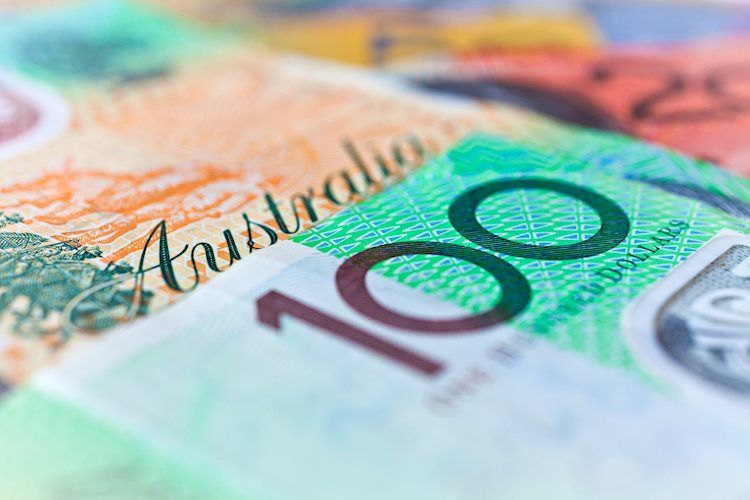The Australian Dollar (AUD) remained relatively stable against the US Dollar (USD) this week, trading at 0.6649 as the Asian session began. The USD strength was bolstered by higher US Treasury yields and hawkish comments from Minneapolis Fed President Kashkari. The upbeat US Consumer Confidence data also supported the Greenback, leading to gains against most other currencies. With upcoming Australian Consumer Price Index (CPI) data, the AUD may be influenced, with a potential rise aiding in its recovery.
In terms of technical analysis, the AUD/USD pair remains upward biased, despite retreating from weekly highs of 0.6673. The Relative Strength Index (RSI) suggests that buyers are in charge, although a ‘gravestone doji’ pattern indicates possible downside ahead. In the short term, the pair could experience a correction towards the latest cycle low of 0.6592 before potentially targeting the year-to-date (YTD) high of 0.6839.
The Australian Dollar saw gains against the Japanese Yen this week while posting marginal losses against the USD, EUR, GBP, and NZD. The movement of the AUD was influenced by factors such as US Treasury yields, Fed remarks, and the upcoming Australian CPI data release. Additionally, the health of the Chinese economy, Iron Ore prices, inflation, and trade balance in Australia also play a significant role in determining the value of the AUD.
The Reserve Bank of Australia (RBA) plays a crucial role in influencing the Australian Dollar by setting interest rates and adjusting them to maintain stable inflation. The RBA’s decisions on interest rates can impact the value of the AUD compared to other major currencies. Positive or negative surprises in Chinese growth data also directly influence the performance of the AUD, given China’s status as Australia’s largest trading partner.
Iron Ore, Australia’s largest export commodity, is another key driver of the Australian Dollar’s value. Any fluctuations in Iron Ore prices can impact the AUD, as higher prices tend to increase demand for the currency. Additionally, the Trade Balance, which reflects the difference between exports and imports, can influence the value of the AUD. A positive net Trade Balance strengthens the AUD, while a negative balance has the opposite effect.
Overall, the Australian Dollar’s performance against major currencies this week has been influenced by a combination of domestic factors, including upcoming economic data releases and external factors such as US Treasury yields and Chinese economic conditions. Traders and investors will continue to monitor these variables to assess the potential direction of the AUD in the near future.





















